Make restaurant-quality peanut sauce for satay at home with this simple, authentic recipe. Perfect for dipping, marinades, and more.
Ultimate Peanut Sauce for Satay Recipe
Ingredients
- 1/2 cup creamy peanut butter (preferably natural)
- 2 tbsp soy sauce
- 1 tbsp tamarind paste
- 1 clove garlic, minced
- 1 tsp grated ginger
- 1 tbsp brown sugar or palm sugar
- 1–2 Thai chili peppers (or 1 tsp chili paste)
- 2–3 tbsp warm water (to adjust consistency)
- 1 tbsp coconut milk (optional for creaminess)
Instructions
- In a small saucepan, combine all ingredients except water and coconut milk.
- Cook over low heat, stirring constantly until well blended and slightly thickened.
- Add water as needed to reach your desired consistency.
- Taste and adjust sweetness, salt, or heat levels accordingly.
- Let cool before serving or storing.
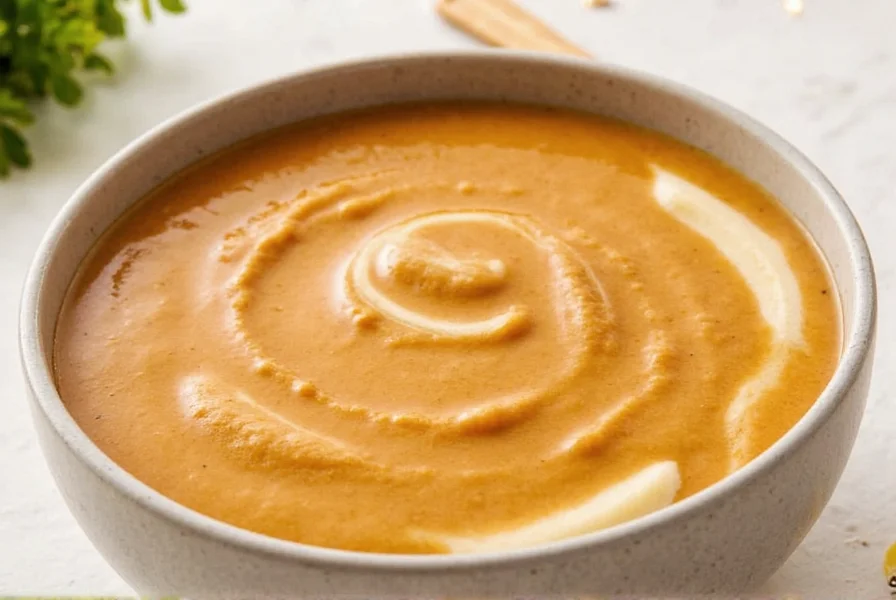
Hack Alert!
- Add roasted peanuts for extra crunch and nuttiness.
- Toast spices like coriander seeds before grinding for deeper flavor.
- Use lemongrass-infused oil for an aromatic edge.
- For a smoother texture, blend the sauce after cooking.
- Add a splash of rice vinegar for brightness if tamarind isn't available.
- Use kecap manis instead of soy sauce for a sweeter, thicker profile.
- For extra umami, add a dash of fish sauce (1/4 tsp).
- Make it nut-free by substituting sunflower seed butter.
- For a richer color, add a pinch of turmeric.
- Customize the heat with different chili varieties based on your preference.
Smart Storage Tips to Keep Your Sauce Fresh
| Storage Method | Shelf Life | Notes |
|---|---|---|
| Room Temperature (Sealed Jar) | Up to 1 day | Only if no dairy or perishables used |
| Refrigerator (Air-Tight Container) | 5–7 days | Separation may occur; stir well before use |
| Freezer (Ice Cube Tray or Small Portions) | 2–3 months | Thaw in fridge overnight |
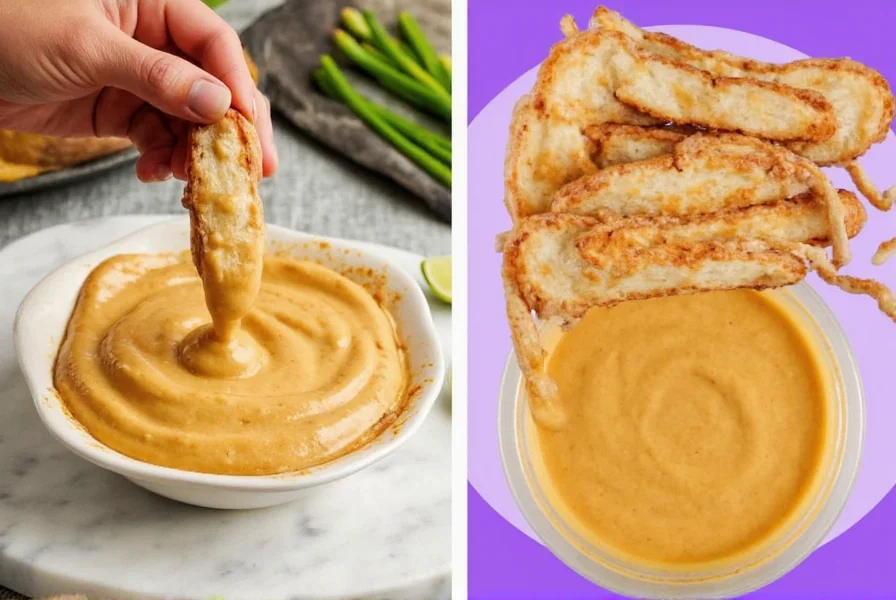
Hack: Freeze It In Cubes
To save time later, freeze the sauce in ice cube trays. Pop them out and store in a ziplock bag. When you need a quick batch for a stir-fry or dipping, just toss one or two cubes into a pan and melt!
Creative Ways to Use Leftover Peanut Sauce
Don't let leftover peanut sauce sit forgotten in the back of your fridge. Here are 5 fun ways to repurpose it:
- Mix into noodles: Toss with cold sesame noodles or warm pad thai.
- Dress up salads: Whisk with lime juice and a dash of fish sauce for a tangy dressing.
- Grill marinade: Brush onto grilled chicken, tofu, or shrimp before serving.
- Stir-fry enhancer: Add a spoonful to vegetable stir-fries for richness.
- Breakfast boost: Drizzle over scrambled eggs or avocado toast for a spicy-nutty twist.
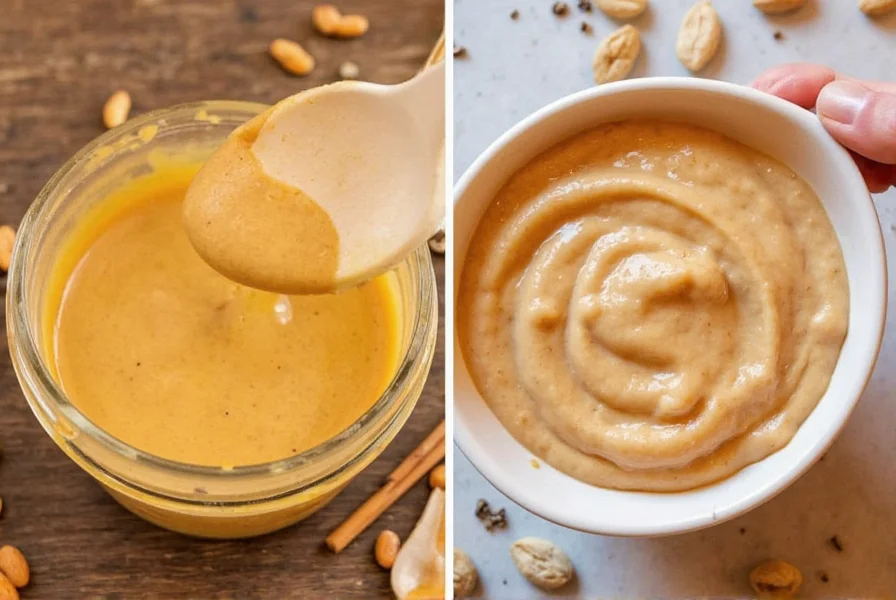
Buying Guide: Choosing the Best Ingredients
Not all peanut butters or sauces are created equal. If you're making homemade peanut sauce regularly, here are the top picks to keep in your pantry:
Top Picks for Peanut Butter
| Product Name | Features | Best For | Price Range |
|---|---|---|---|
| Jif Natural Creamy | No hydrogenated oils, just peanuts + sugar | Classic flavor, easy availability | $4–$5 |
| Smucker's Natural | Unsalted, great for custom seasoning | Adjustable salt & sugar levels | $4.50–$6 |
| Justin's Classic Almond Butter | All-natural, sustainable packaging | Healthy alternative with unique texture | $8–$9 |
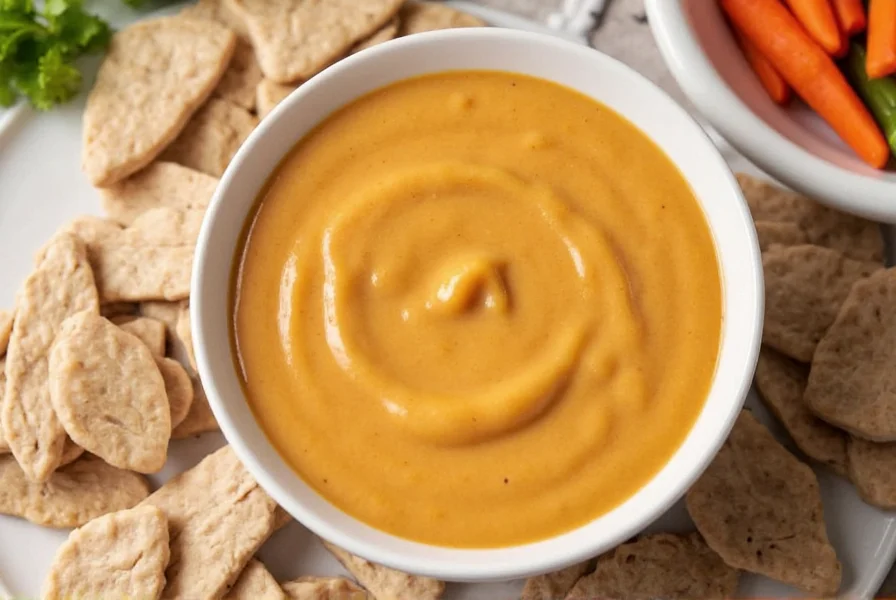
Top Pick for Tamarind Paste
Aroy-D Pure Tamarind Paste: Smooth, not overly sweet, perfect for balancing the richness of peanut butter.
- Best for: Authentic sour depth
- Price: $3–$4
- Use Case: Satay, pad thai, dipping sauces
Top Pick for Coconut Milk
Aroy-D Coconut Milk: Thick, rich, and unsweetened. Ideal for adding body without overpowering flavor.
- Best for: Creamier, richer peanut sauce base
- Price: $2–$3 per can
- Use Case: Vegan-friendly thickening agent
Spice Suggestions
If you're going full DIY, here are must-have spices for spicing up your peanut sauce:
- Ground coriander – earthy, floral warmth
- Crushed red pepper flakes – instant heat
- Fish sauce – adds umami punch
- Lime zest – brightens the overall flavor
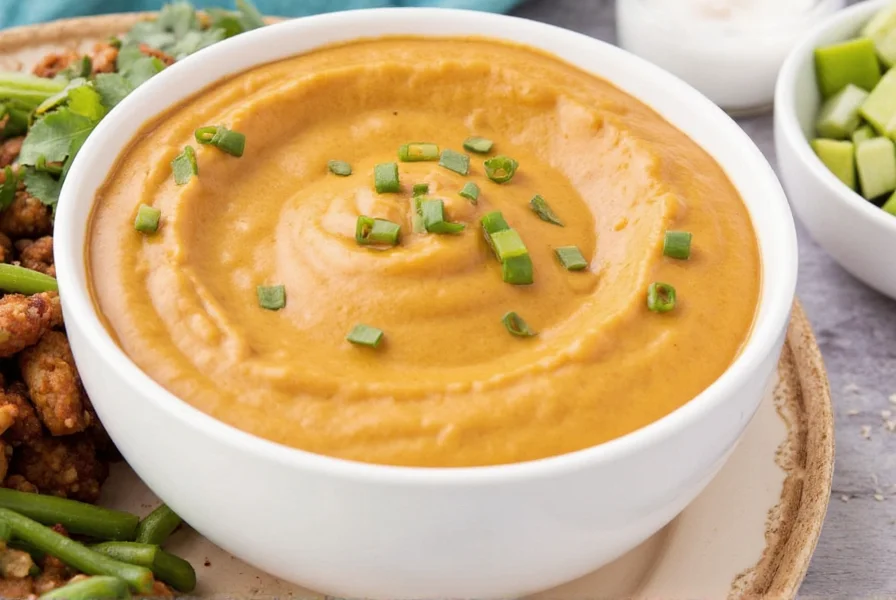
Frequently Asked Questions
What's the difference between peanut sauce and satay sauce?
While often used interchangeably, satay sauce is a specific type of peanut sauce traditionally served with satay (grilled meat skewers). Satay sauce typically includes additional ingredients like tamarind, lemongrass, and sometimes coconut milk, giving it a more complex Southeast Asian flavor profile compared to basic peanut sauce.
Can I make peanut sauce without tamarind paste?
Yes, you can substitute tamarind paste with lime juice or rice vinegar in a 1:1 ratio. For every tablespoon of tamarind paste, use 1 tablespoon of lime juice or rice vinegar mixed with 1/2 teaspoon of brown sugar to mimic tamarind's sweet-sour profile.
How can I make my peanut sauce less thick?
Add warm water, 1 tablespoon at a time, while stirring until you reach your desired consistency. Coconut milk also works well as a thinner that adds creaminess. Remember to adjust other seasonings after thinning, as the flavors will become more diluted.
Is traditional satay sauce spicy?
Traditional satay sauce has a mild to moderate heat level from ingredients like chili peppers or sambal, but the spice level varies by region. The beauty of homemade sauce is you can customize the heat to your preference - from completely mild to fiery hot!
Can I make this peanut sauce vegan?
Absolutely! Our base recipe is already vegan (using coconut milk instead of dairy). Just ensure your peanut butter doesn't contain honey, and skip the fish sauce if using it for umami. For depth of flavor, add 1/2 teaspoon of soy sauce or tamari instead.
How do I know if my peanut sauce has gone bad?
Signs of spoilage include: separation that doesn't reincorporate when stirred, mold growth, sour or off smells, or bubbling/fermentation signs. Properly stored in the refrigerator, homemade peanut sauce should last 5-7 days. When in doubt, throw it out!
Final Thoughts
Peanut sauce doesn't have to be complicated or store-bought. With these clever hacks and simple ingredient swaps, you can transform your kitchen into a mini Southeast Asian street stall anytime.
Whether you're grilling satay for friends or meal-prepping for the week, knowing how to tweak, store, and reuse peanut sauce gives you a flavorful head start every time. Plus, when you make it yourself, you control the quality, spice level, and health factors—no unwanted additives necessary.
So go ahead, get your hands messy, blend up a fresh batch, and let those skewers shine under the grill light. Happy cooking!
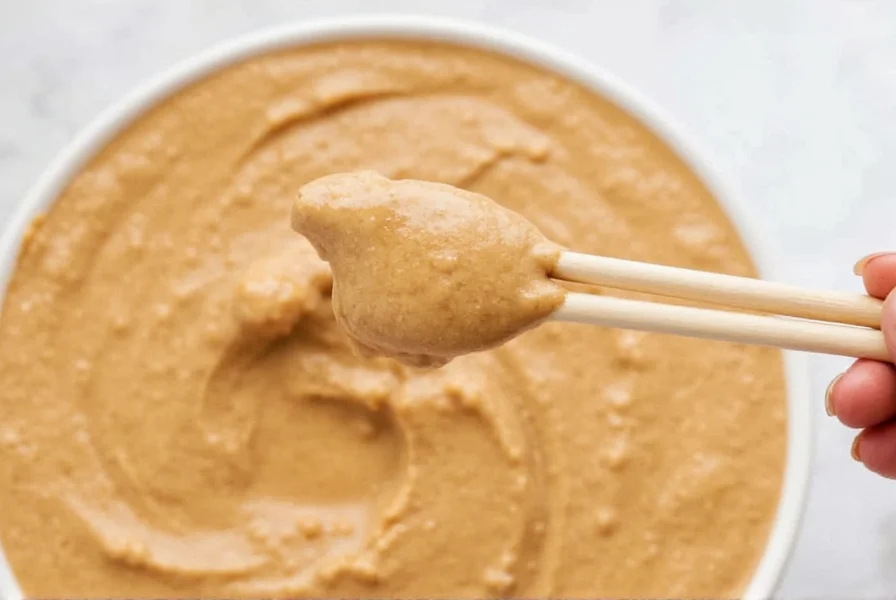

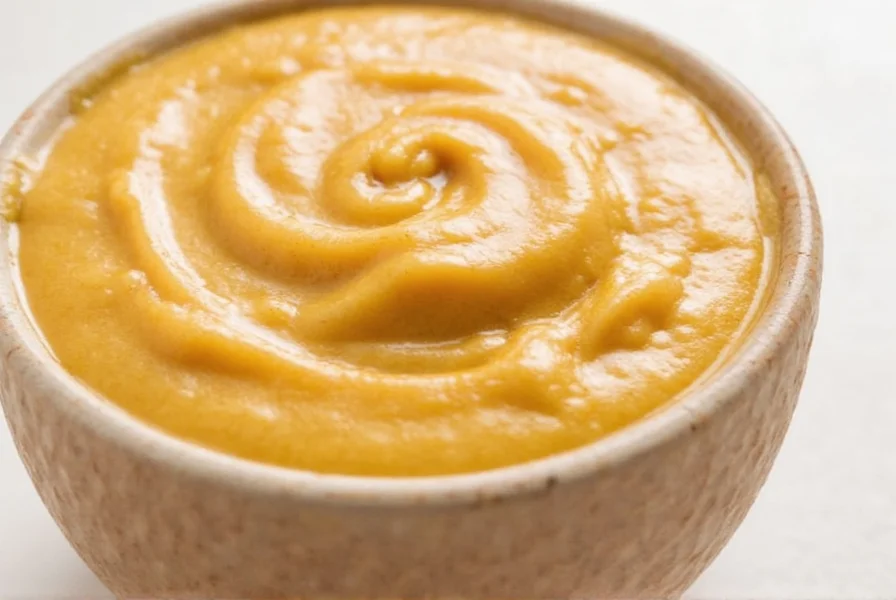









 浙公网安备
33010002000092号
浙公网安备
33010002000092号 浙B2-20120091-4
浙B2-20120091-4